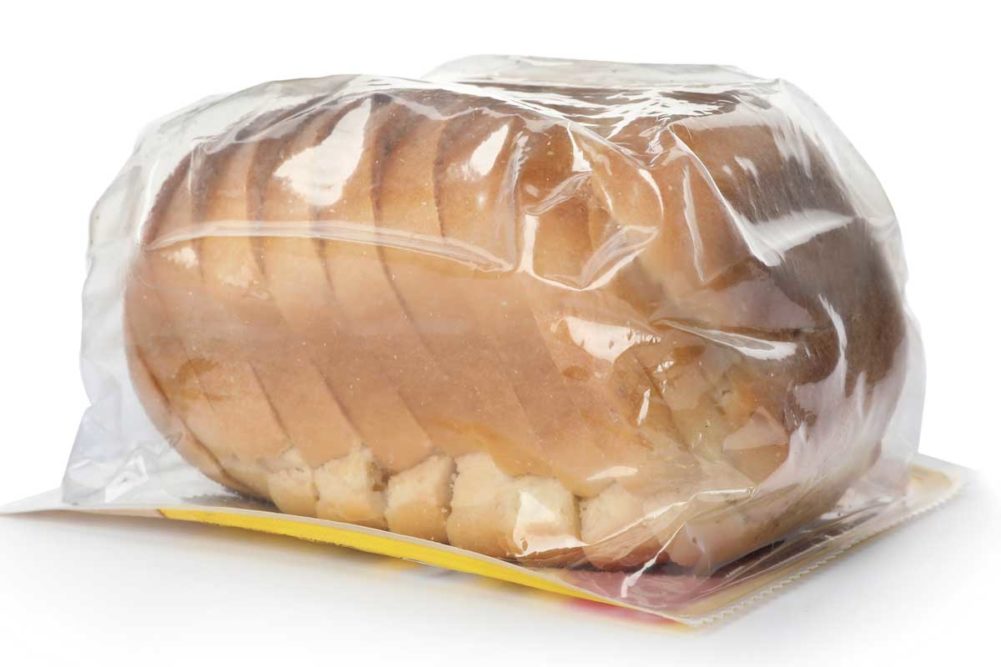KANSAS CITY – Modified atmosphere package (MAP) thermoforming can help keep products secure and extend shelf life, which benefits the baker and snack maker as well as the consumer, said Jeff Zeak, national development manager for bakery at Reiser. That was the focus of his Feb. 16 talk, “Ingredients & Shelf Life: Modified Atmosphere Package Thermoforming of Bakery Products for Shelf Life and Food Security,” at the American Society of Baking (ASB) virtual BakingTech 2021, Feb. 16-18.
This type of packaging protects baked foods by first creating a custom tray or pouch for the product. The oxygen is removed through modified atmosphere packaging, and the package is then sealed with film. The oxygen is generally replaced with nitrogen, carbon dioxide or some combination of the two.
The barrier packaging keeping moisture in and oxygen out and gas flush retards mold growth without the use of preservatives, and it can extend shelf life up to 120 days or longer, depending on the product, Mr. Zeak said. This is particularly useful for par-baked products, gluten-free and specialty bread that can be fragile, convenience foods, ethnic and traditional foods and snacks.
The film used to seal the product can consist of several layers, which may cost more than traditional packaging. But the added costs of MAP thermoforming are offset by the longer shelf life of the product, Mr. Zeak said.
For bakers considering this type of packaging, the first steps involve looking at the type of product (weight, dimensions, coatings, etc.); the type of packaging needed (flexible, rigid, one that can be easily peeled off or resealed); the loading system (automatic, semi-automatic or manual); and the speed required to keep up with the bakery’s production schedule.
Attendees enrolled in the ASB’s virtual conference can view Mr. Zeak’s full presentation on-demand after the conference.






